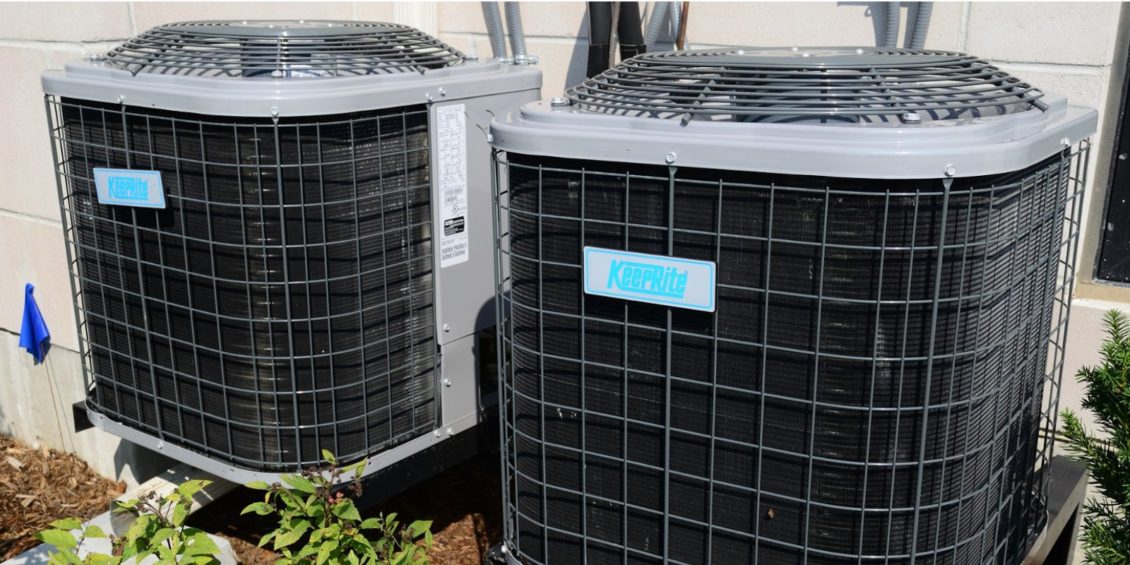In 2022, customers will have to wait even longer because of the HVAC industry’s persistent supply chain problems. Along with ongoing manufacturing failures and transportation issues, rising diesel fuel prices and shortages are the newest elements adding to delays.
Problems With the Supply Chain
Diesel output was lowered due to a drop in demand at the height of the epidemic, and those cutbacks are still impacting today. Diesel averaged $5.75 a gallon in the United States in June of 2022.
This was a rise of $2.50 per gallon compared to June 2021. This is where the question arises: How to generate solar leads? Daily fluctuations in the supply chain are to be expected. Contractors working with heating, ventilation, and air conditioning must guess what supplies will and will not be on hand.
Despite warehouses’ best attempts to get enough tools this year, the problem still needs to be solved. At least 20% of customers, according to one installer, are kept waiting for replacement components.
HVAC parts prices have increased alongside general inflation due to disruptions in the supply chain. There will be price increases when demand exceeds supply. Many HVAC businesses have seen price increases of up to 80 percent over the previous year.
Copper
Copper’s rising demand is largely due to its importance in the transition to renewable energy. Copper supplies are quite low at the moment. The output of copper from mines worldwide is expected to increase by just 0.3% in 2020 after years of stagnation.
The expected growth rate was revised upward from 1.9% to 2.1% in 2021 and from 2.1% to 3.9% in 2022 due to the launch of many new mining projects. However, since copper is essential in the transition to renewable energy, demand will continue to climb, and shortages will persist. Copper is a crucial component in HVAC systems.
Shortages
The metals steel, aluminum, and plastic are also in low supply. The HVAC industry is not immune to the effects of the semiconductor chip shortage, which has repercussions across industries, from autos to smartphones.
Labor shortages, some of which are a consequence of the epidemic, have also reduced output in equipment manufacturing, adding more chaos to the supply chain. Managing the supply chain presents several obstacles.
Companies in the HVAC industry that have relied on one distributor in the past should be willing to consider alternatives. The HVAC industry already has significant difficulties and must also deal with the complications of interruption in their supply chains. It’s possible to get the greatest prices by comparing offers from different retailers.
Inventory of Heating, Ventilating, and Air Conditioning Systems
Inventory management software is another useful resource for HVAC companies. In the past, the strategy was to keep as little as possible on hand and only order new machinery when required for an actual project.
Companies with the means to store equipment may choose to do so in light of the current disruptions in the supply chain rather than relying on the just-in-time purchasing strategy.
Final Thoughts
Get in touch with your suppliers, learn about their challenges, and start working together to solve those problems. An HVAC specialist might also learn how different businesses’ supply chains work.
Maintain open lines of communication with your suppliers to learn about the challenges they are encountering, and then work together to lessen the effects of any shortages you may experience.
Changing the plan to include quicker-to-market materials is sometimes necessary. It’s crucial to keep in touch and act at the right times. Companies in the HVAC industry that have relied on one distributor in the past should be willing to consider alternatives.
Similar to how testing out various types of equipment may increase availability and help businesses grow until bottlenecks are removed.







Leave a Reply
View Comments